Description
This article is to show user how to add EVS to IVSS unit as an extended storage.
Prerequisites
- EVS Set Up as a Network Disk
- DSS Hardware or Software
Video Instruction
Step by Step Instruction
1. Login to the IVSS
Click Settings (gear icon)
2. Select Storage
3. Select Network Hard Disk
4. Click on iSCSI Management
5. Click +Add
6. Enter Server IP – which is the EVS IP address
Enter the username/password created at EVS for Share Account during the previous step – EVS Set Up as a Network Disk
Click Search directory
Once connected it will show the available storage
7. Check the box to Choose the Storage Pool for your recording
Click OK
8. Click on the iSCSI Application tab to format the HDD
Check the box to select the Disk
Click Format and confirm the prompt
Formatting can take some time depending on HDD Size
Once complete the State will display as Normal
How to add EVS to DSS
Description
This article is to show user how to add EVS to DSS unit as an extended storage. In this tutorial, we are using DSS Pro UI.
Prerequisites
- EVS with or without RAID setup.
- DSS Hardware or Software
Step by Step Instruction
1. Locate EVS System Manager from web browser.
2. Click on IPSAN and choose Storage Pool. Click Add to create new Storage Pool.
3. Enter the Pool Name and select your RAID Array or individual disk that are available. Then, click OK.
4. The system will prompt you that all data in the HDD will be formatted, click OK to continue.
5. Your Storage Pool is now created. Repeat step #2 if you have multiple RAID Array or disk for your EVS.
6. Go to Share Account menu and then click on Add.
7. Enter Username and Password you wish to create for your Storage allocation, then click OK.
8. Your Share Account is now created.
9. Go to Share Folder menu and then click on Add.
10. Enter the Directory Name, and then select your storage pool that created on step 2. Choose Share Type to ISCSI, and do not select any share user. Then, click OK.
11. Your share folder is now created. Repeat step #10 if you have multiple storage pool created for your EVS.
12. Your EVS is now ready to be added to DSS.
13. Login to DSS Web Manager, and go to Storage.
14. Go to Storage Config and click on Add.
15. Enter EVS IP Address and username and password that created under Share Account in EVS (Step #7). Click OK.
16. DSS will retrieve all existing storage pool that created in EVS. Click on the brush icon to to format and initialize the HDD in DSS. You will be asked whether you want to set this storage pool for video recording or ANPR Picture.
If you have multiple storage pool, you must click format on each storage pool.
17. Once HDD is formatted, the storage pool status will show Normal, and this is ready to use.







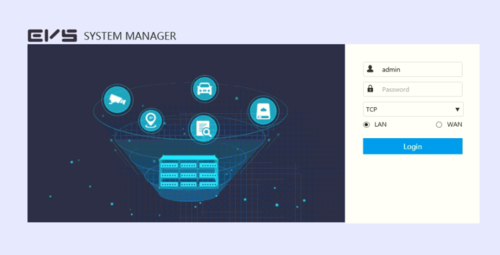



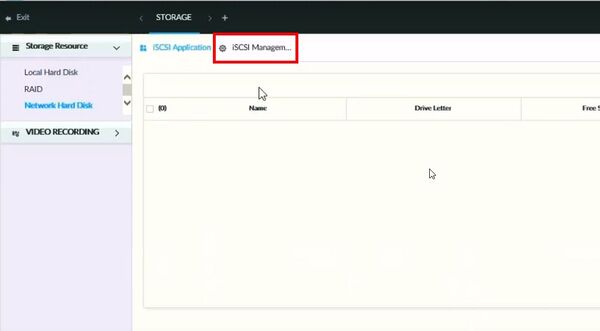

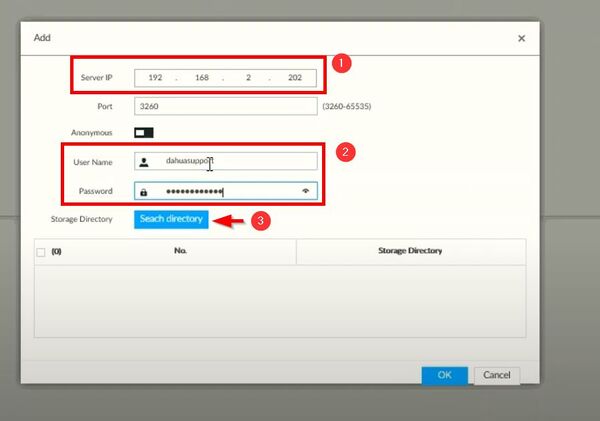

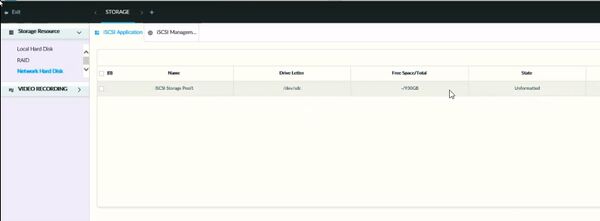





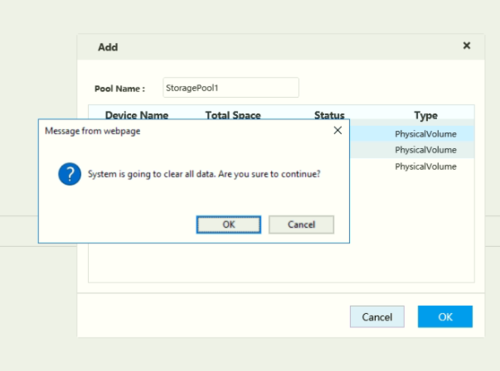


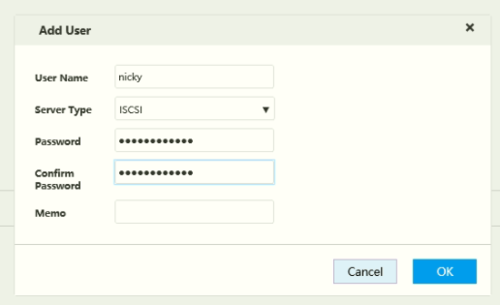





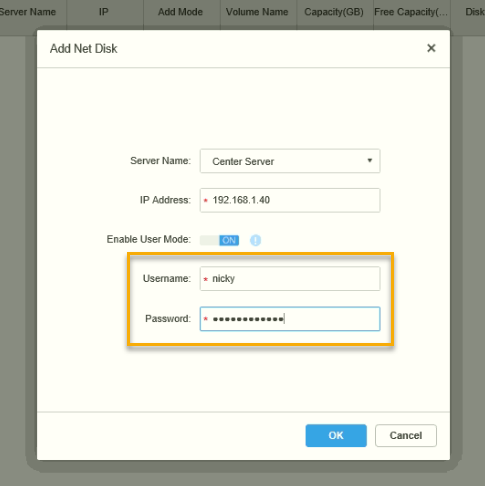
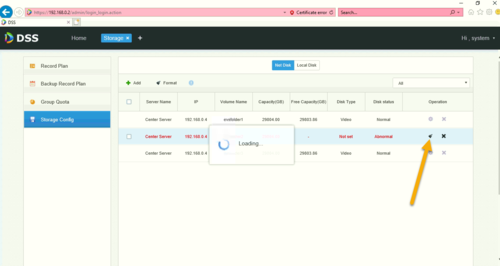

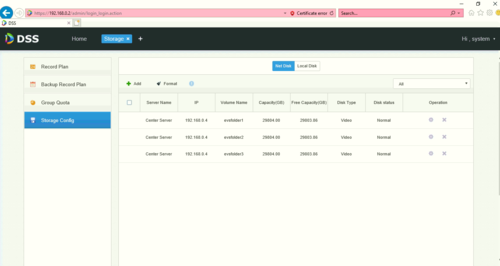





It really worked, I appreciate it!
I am having trouble with the installation
It was a great sharing